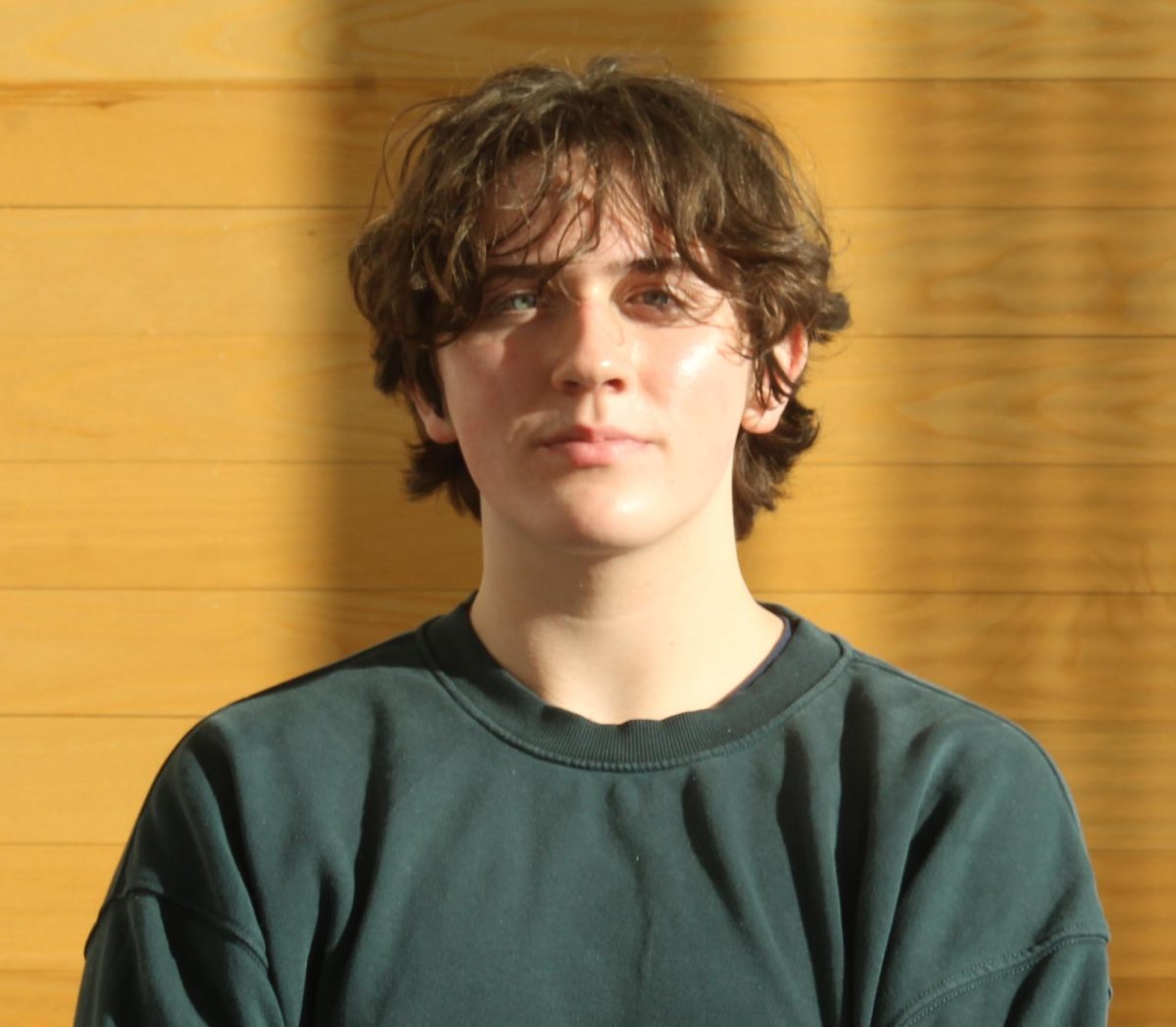Polarizing, and in contrast to the traditional ‘perfect’ facade that we as people have known, the rise of the ‘sad girl’ trope has only risen with time. Lifelessly staring into space consumed by one’s own thoughts while rotting in bed all week has never been more fashionable. However, turning one’s cascade blues into something bigger isn’t anything new. Now, it’s just magnified through a clearer lens.
In the early to mid 2010s this became more obvious. Imagine this, it’s 2013, Mom is in the kitchen, you’re in bed re-blogging posts on Tumblr, and streaming Lorde’s new album “Pure Heroine” on your iPod. Younger generations, especially gen Z, have learned to mostly experience sadness (or emotions in general) through some type of aesthetic. It’s almost never “I’m sad.” it’s a clothing style, community, and aesthetic you associate yourself with. This “trend” has rightfully coined the name as the ‘sad girl’ trope.
Social media allows people to vent and connect with others. It’s less vulnerable to tell a stranger hiding behind a screen your story than it is to tell someone in-person. Most anything online can be anonymous. Users online (mainly Tumblr, but also other platforms) would discuss serious matters such as self harm, trauma, and even go as far to post photos of their self harm (SH) scars. Thankfully, this movement of glorifying mental health issues has slowly died down. But it’d be false to say that things like this aren’t still happening today.
There’s definitely something to be said about how this has happened, and I completely understand why this is happening. I don’t think people genuinely have a desire to be sad, it goes beyond that. I think the root of the issue can be summed up by lack of support or unwillingness to receive support.


